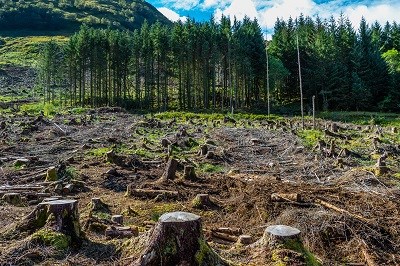 The Royal Town Planning Institute (RTPI) welcomes the opportunity to provide evidence to the Department for Transport’s consultation on the on the future of mobility, and recognises that it identifies land use planning as a determinant of travel demand. However, the final strategy should go further in considering how trends of new development, infrastructure funding and regeneration activity could accelerate or slow the other identified mobility trends.
The Royal Town Planning Institute (RTPI) welcomes the opportunity to provide evidence to the Department for Transport’s consultation on the on the future of mobility, and recognises that it identifies land use planning as a determinant of travel demand. However, the final strategy should go further in considering how trends of new development, infrastructure funding and regeneration activity could accelerate or slow the other identified mobility trends.
Namely, the RTPI is concerned that the focus on housing supply in land use planning policy is not sufficiently integrated with transport planning. This could lead to more dispersed patterns of settlement growth, as shown by RTPI Research on the Location of Development and the Foundation for Integrated Transports’ Transport for New Homes project. These spatial trends could increase congestion and lead to a loss of agglomeration economies in urban areas, while making it very difficult to reduce greenhouse gas emissions. The impact of these factors could be greater than the one of transport technology, and even lead to the paradox that advancements in transport technology, such as electrification and automation, could increase travel demand by making longer journeys cheaper and more convenient.
Moreover, technological solutions, like electric vehicles (EVs), come with an increased stress on the National Grid. That means that, while the transition to EVs will help to reduce emissions from the transport sector and tackle localised air pollution, it will require both increased capacity and faster decarbonisation in the power sector in order to reduce net emissions.
The prioritisation of pedestrian and cycle infrastructure is likely to remain the most equitable, healthy, low-carbon and spatially efficient solution for many dense urban areas.
To mitigate the risks identified from the spatial trends integrated land use and transport planning should be used to steer transport technologies and trends towards the achievement of broader economic, social and environmental objectives.


